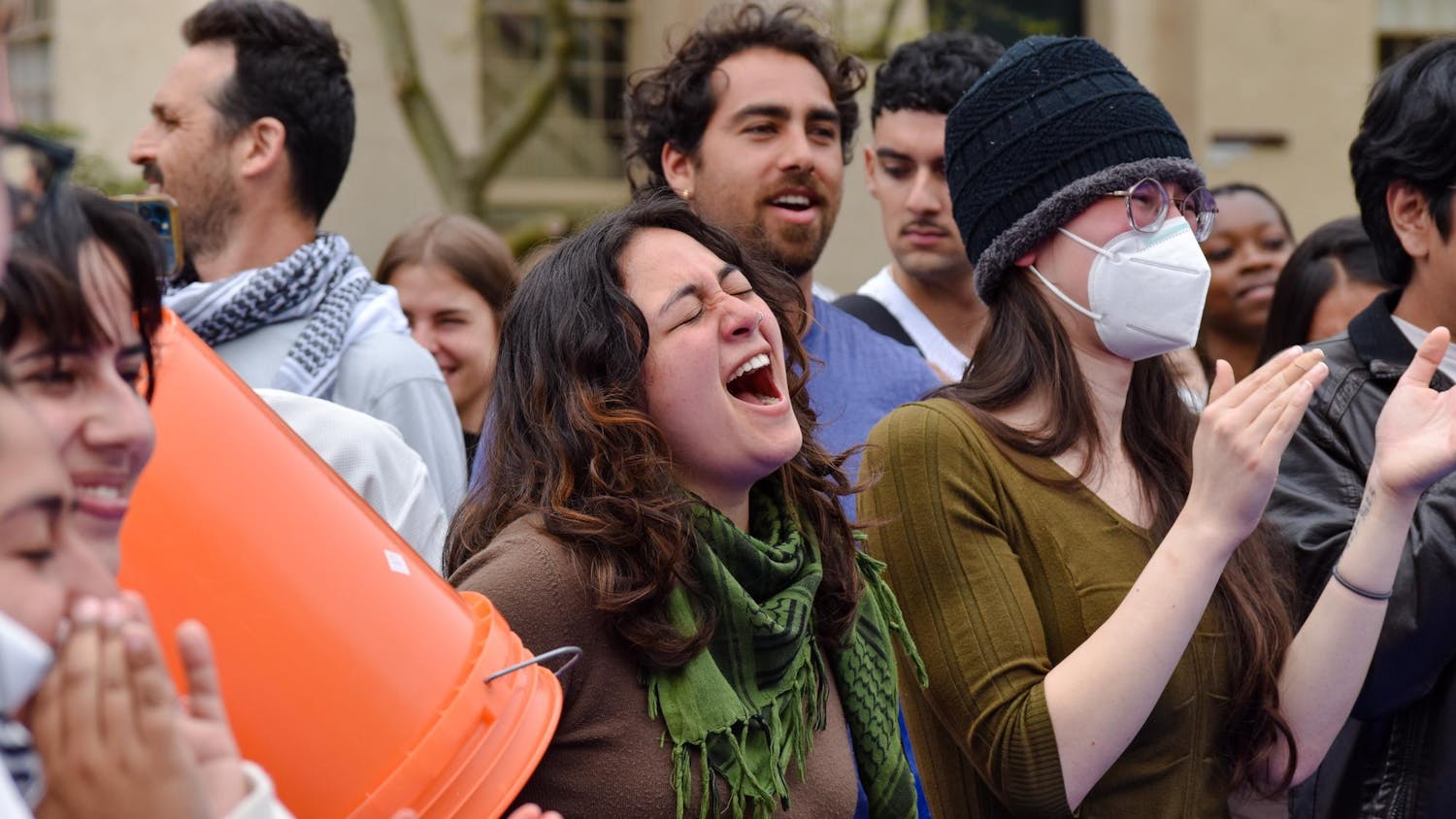The University plans to increase next year's transfer class by 50 students, according to the Admission Office, bringing the expected number of incoming transfer students from 120 to about 170.
Provost David Kertzer '69 P'95 P'98 said the University's decision to increase the transfer class was based in part on the high quality of applications received so far.
More than two weeks before the March 1 deadline, Brown has already received over 1,400 transfer applications, according to Dean of Admission Jim Miller '73.
"We have a large number of highly qualified applicants," Kertzer said.
He said the decision was also a result of the University's success in welcoming transfer students in the past.
The addition of 50 more transfers, for whom the admission process is not need-blind, also means additional revenue for the University.
Miller said the decision "helps to alleviate some financial pressure."
"There are clearly budgetary considerations," Kertzer said. "Other peer institutions have been increasing the size of the student body as well."
Miller said the number of transfer students each year ranges from about 40 to 180, depending on the University's varying student population and ability to provide for additional students. "It's not a progression one way or the other," he said.
The decision to increase the transfer class will not affect the size of next year's freshman class, which Miller anticipates will be about 1,485 students, a number consistent with previous years, he said.
"We decided not to increase the number of freshmen," Kertzer said, because resources for freshmen are limited.
For instance, University administrators want all freshmen to be able to participate in first-year seminars, Kertzer said. A larger freshman class would also affect introductory classes that typically are filled with freshmen, he said.
Overall, more freshmen "would risk having a negative impact on student experience for first-year students," he said.
Along with the decision to increase the size of the incoming transfer class is a plan to add 97 more beds by converting offices in Wayland Arch back into dorms or converting Saunders Inn at Brown in Vartan Gregorian Quad, Kertzer said.
When housing first-year students, the University prioritizes placing freshmen together, but Brown currently does not have the facilities to accommodate more first-years, according to Kertzer.
Unlike freshman admissions, transfer admissions are not need-blind. This "need-aware" admissions process means that a student's ability to pay is a factor in the University's decision to accept an applicant, according to the Web site of the Office of Financial Aid.
"We have a finite number of dollars that we can spend," Miller said, adding that the University is hoping to increase the amount of funding available for financial aid for transfer students by about $400,000.




